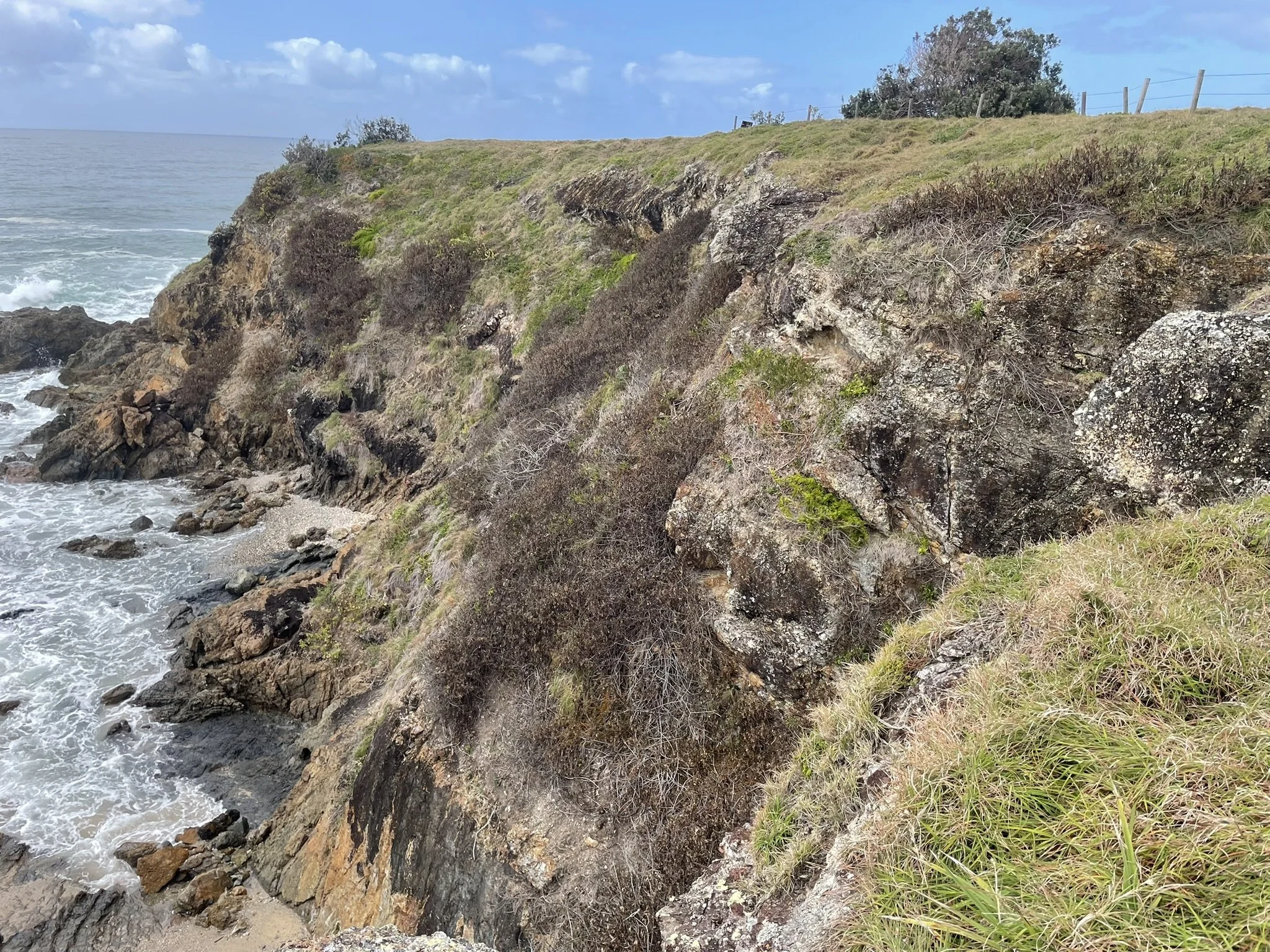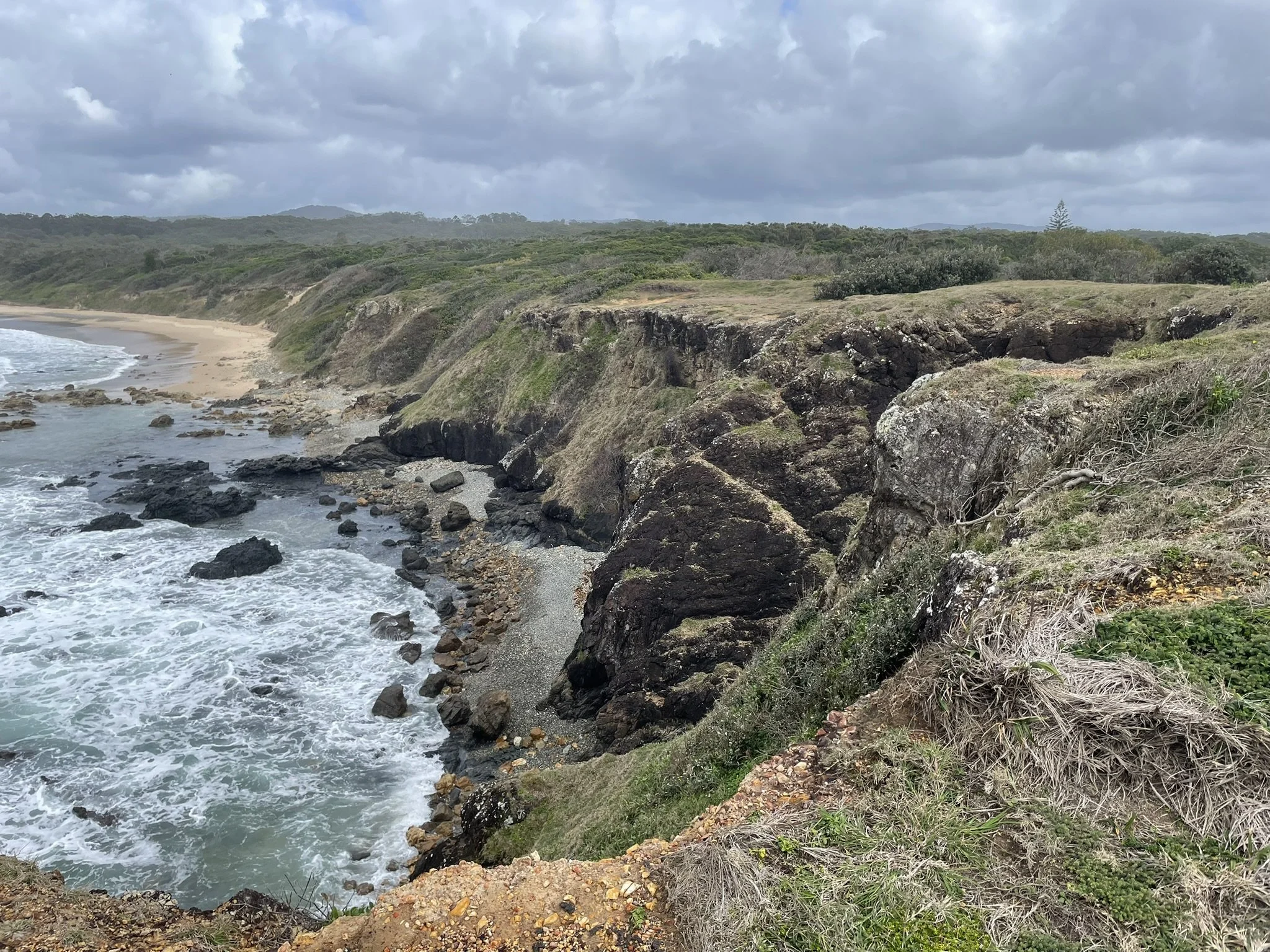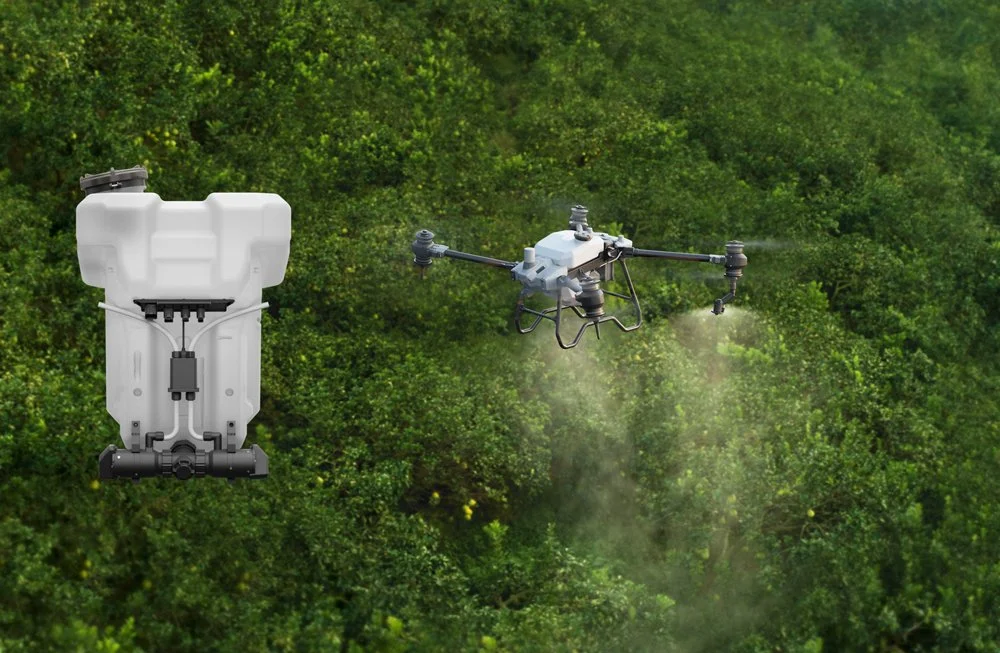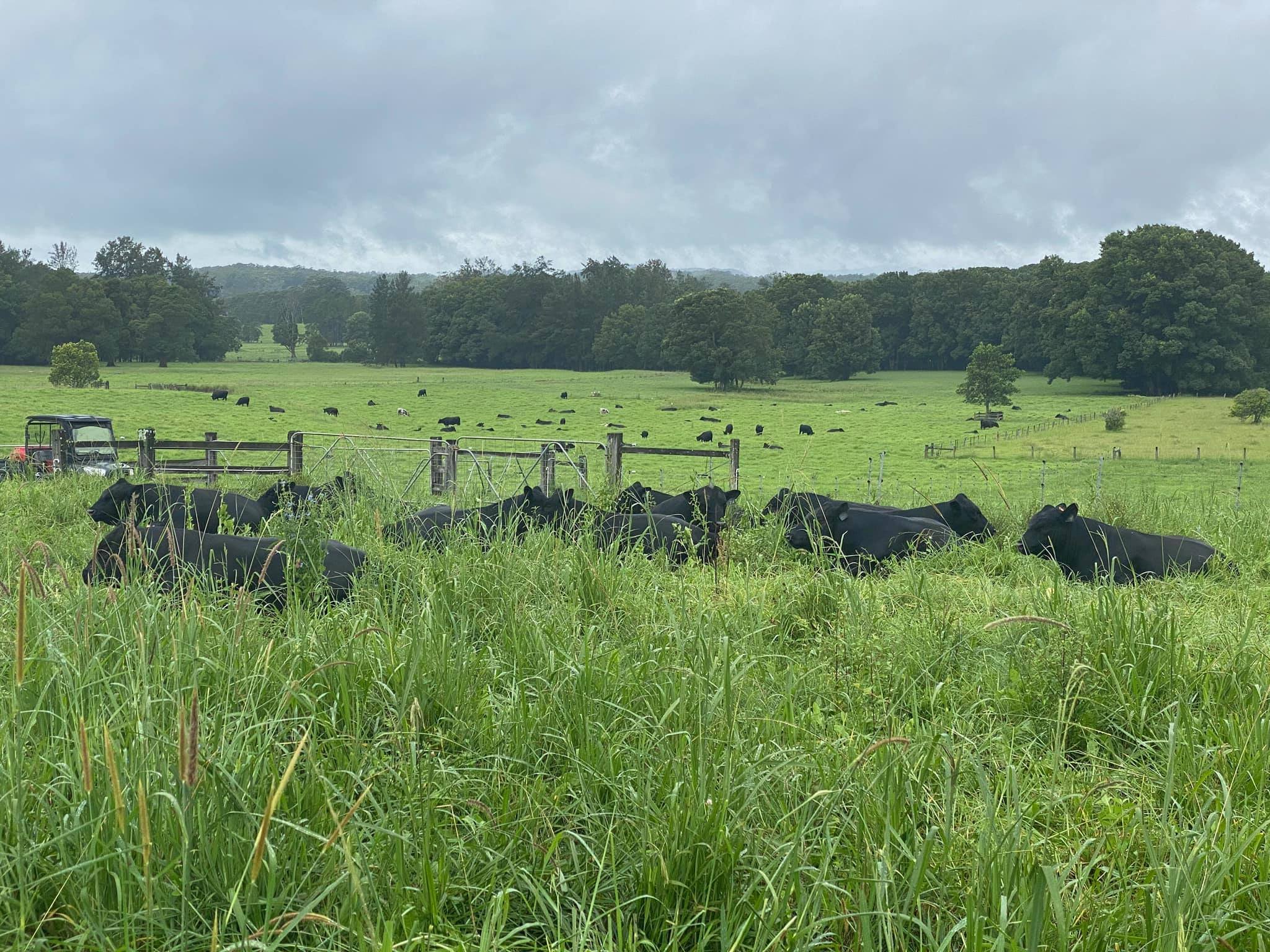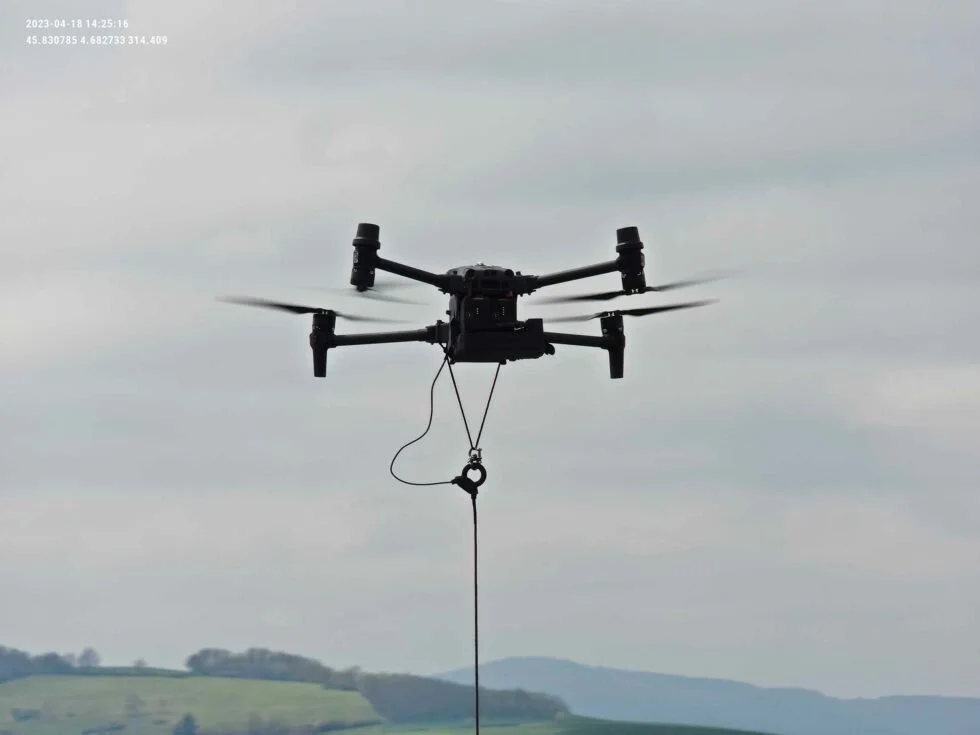
Trackz Drone Spraying solutions. Weed Control & Pasture Improvement.
*
Trackz Drone Spraying solutions. Weed Control & Pasture Improvement. *
Drone Spray Applications.
-
![]()
Weed Management.
Drone weed management technology is rapidly transforming agricultural practices in Australia. This cutting-edge approach utilises drones equipped with advanced imaging systems and precision spraying capabilities to identify and target invasive weed species efficiently.
The integration of hyperspectral imaging allows for the detection of specific plant varieties, enabling farmers and councils to differentiate between crops and unwanted weeds effectively. This technology not only enhances the accuracy of weed identification but also reduces the need for blanket herbicide applications, promoting more sustainable farming and council weed control practices.
With the ability to cover large areas quickly, drone weed management significantly reduces the time and labour required for manual weed control. These drones can apply herbicides directly to the targeted areas, minimising herbicide use and limiting environmental impact. Furthermore, this precision application contributes to cost savings for councils and farmers by reducing the quantity of chemicals needed and lowering operational costs.
As this technology continues to develop, its implementation represents a shift towards more environmentally conscious agriculture, crucial for the future of food production in Australia. By adopting drone weed management practices, farmers and councils can achieve effective weed control while supporting sustainable land use and enhancing crop yields.
-
![]()
Pasture Improvement.
Drone spraying technology has emerged as a game-changer for biological and organic sustainable pasture improvement. By employing innovative drone systems, agricultural professionals are now able to deliver treatments such as organic fertilizers and biopesticides precisely where they are needed, fostering not only pasture health but also ecological balance.
The adoption of drone spraying in pasture management offers several pivotal benefits. Primarily, it facilitates the rapid application of essential treatments across expansive landscapes, surpassing traditional spraying methods that are often labor-intensive and time-consuming. With drones, farmers can efficiently cover large paddocks in a fraction of the time, drastically cutting labor expenses and minimizing operational interruptions, particularly during critical growth stages.
Moreover, contemporary drones come equipped with advanced sensors and mapping technologies that enable meticulous application rates, ensuring that the right amount of treatment reaches targeted areas without over-application. This precision is fundamental to sustainable practices, reducing chemical runoff and promoting environmental conservation while enhancing pasture quality.
The capability of drones extends beyond mere application; integrated hyperspectral imaging technology provides farmers with in-depth insights into pasture health. This data-driven approach allows for real-time monitoring and responsive management strategies, ultimately leading to informed decision-making that supports ongoing pasture improvement.
As the agricultural landscape continues to evolve in Australia, the integration of drone spraying represents a forward-thinking method for biological and organic pasture enhancement. By leveraging this technology, farmers not only optimize productivity but also commit to sustainable practices that ensure the long-term viability of their land, resulting in improved profitability and ecological health.
Trackz in partnership with Biohub a sustainable biological company use solutions that are rooted in science, supported by robust data, and designed to enhance the resilience and productivity of your soil. By improving soil health, boosting nutrient availability, and promoting sustainable practices, our products help you produce high-quality crops while securing long-term food security.
-
![]()
Tethered Drone Applications.
Tethered drones have emerged as a revolutionary asset in the realm of agricultural spraying, particularly in high-risk areas. These drones operate while being physically connected to a power source via a tether, enabling safe operation without risk of flyaway. This capability is crucial in environments where operational safety and efficiency are paramount, such as airports or densely populated areas.
In high-risk agricultural zones, such as those affected by adverse weather conditions or around aerodromes, tethered drones provide numerous advantages. Their enhanced stability, allows for precise application of agrochemicals, ensuring both effectiveness and safety. Farmers can conduct spraying activities without the risks associated with ground-based machinery, which may be limited by rough terrain or other dangers.
Additionally, tethered drones facilitate real-time monitoring, allowing operators to assess crop health and identify areas requiring treatment. The integration of advanced sensors and imaging technologies further enhances their utility, enabling hyperspectral analysis and improved decision-making regarding pest management and fertilisation.
Furthermore, the operation of tethered drones can be remotely controlled, minimising the need for human presence in high-risk areas. This not only protects personnel from potential hazards but also ensures compliance with safety regulations that govern chemical applications in agriculture.
In summary, tethered drone technology offers a compelling solution for agricultural spraying in challenging conditions, combining safety, efficiency, and precision to promote sustainable farming practices and weed reductions around coastal area's while reducing risk to human operators and the environment.
-
Council weed and algae control
Descript
Drone technology has revolutionised the approach to weed and algae control for councils, offering efficient, precise, and environmentally friendly solutions. By integrating advanced aerial systems into integrated pest management strategies, councils can effectively target problematic plant growth without the need for extensive manual labour or chemical overuse.
Advantages of Drone Weed and Algae Control
Precision Application: Drones equipped with specialised spraying systems ensure that organic herbicide or algaecide is applied accurately, minimising waste and reducing potential harm to surrounding vegetation and wildlife.
Cost Efficiency: By increasing operational efficiency, drones can significantly reduce the costs associated with traditional weed and algae management methods. This allows councils to allocate resources more effectively, improving overall service delivery.
Rapid Coverage: Drones can cover large areas in a fraction of the time it would take for ground crews, making them particularly valuable for managing expansive public parks, waterways, and green spaces.
Data-Driven Insights: Equipped with hyperspectral imaging technology, drones can assess the health and distribution of plant species, providing crucial data that allows for informed decision-making about when and where to intervene.
Environmental Sustainability: Drone spraying minimizes the environmental impact of weed and algae control. By employing targeted treatments, councils can conserve water and protect non-target flora and fauna.
Community Engagement: Educating the public about the benefits of drone technology in environmental management can foster community support and understanding of its role in maintaining local ecosystems.
Collaboration: Partnering with drone service providers experienced in agricultural and environmental applications can ensure that councils leverage cutting-edge technology while maintaining compliance with regulatory standards.
Conclusion
As councils seek innovative solutions to manage weed and algae issues effectively, adopting drone technology represents a forward-thinking approach. With its numerous benefits, including precision, cost-effectiveness, and sustainability, drone-assisted weed and algae control is positioned to enhance the health of public spaces across Australia. By embracing this technological advancement, councils can ensure a greener future for their communities while upholding their commitment to environmental stewardship.

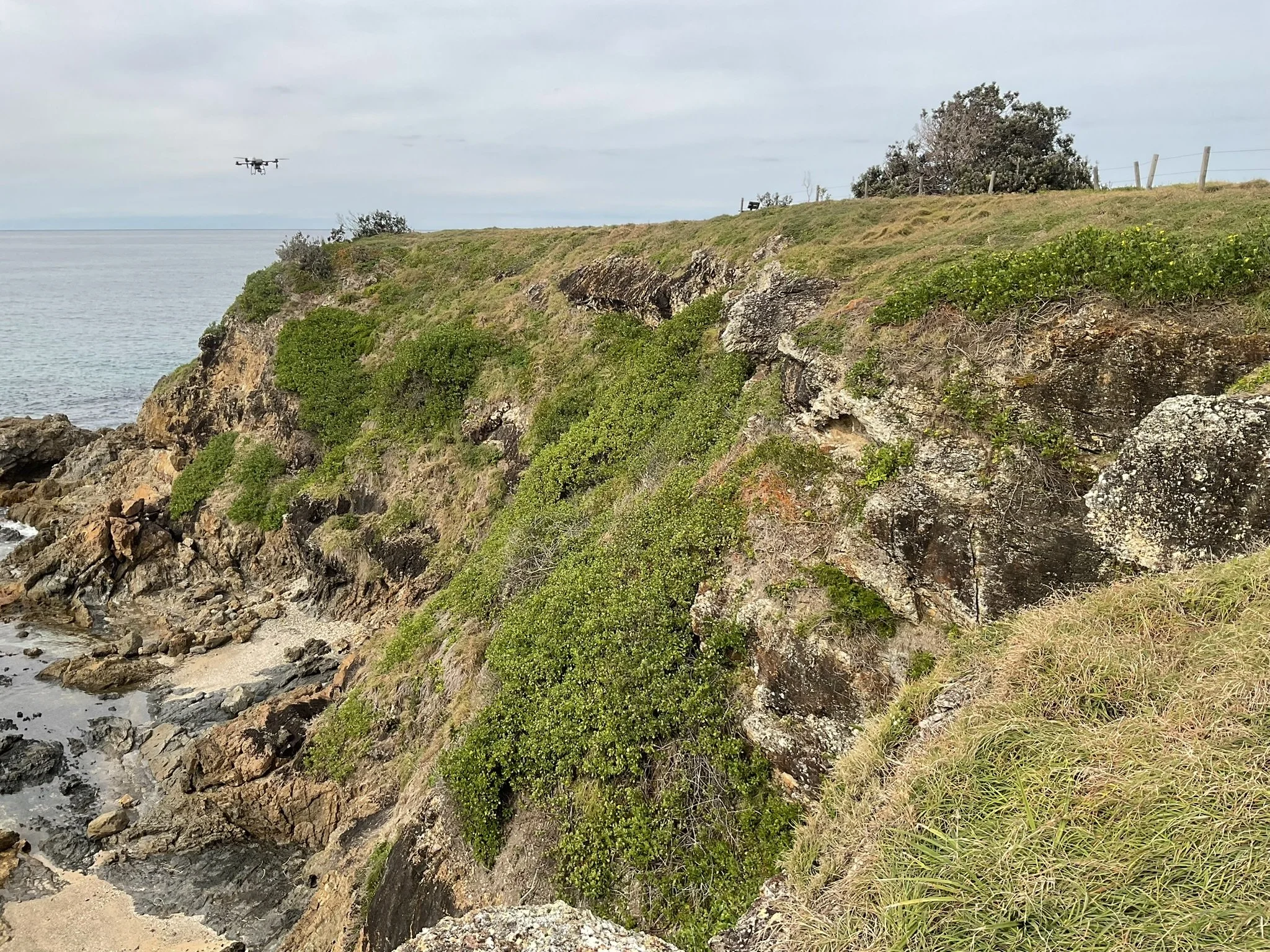
Before and After aerial drone spraying bitou bush
